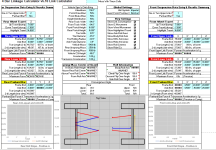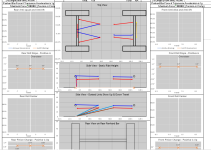Treefrog
Book Wheeler
Your mass and CG seem to be quite a bit off from what would be expected for the tire and vehicle size.This is an amazing resource. Thank you Treefrog
I am looking for some help with a a rear 4-link on a silverado build. Building the IFS so only concerned about the rear now. Intent is for a general purpose trail wheeler type build- boogey through the desert but also compliant on any technical trails I can smash this pig through. It's backhalfed so not too many constraints for the links.
Any input is much appreciated. TIA
Am I correct in assuming that you are planning on running trailing arms? If so you will want whichever links that the shocks are mounted to to be more parallel.

